• Rectification: It is primarily used for rectification, converting alternating current to direct current. It allows current to flow in one direction while blocking it in the opposite direction, ensuring that the output is a unidirectional current suitable for powering various electronic devices.
• High-Speed Switching: The Schottky diode has a fast switching speed, enabling it to quickly respond to changes in the input signal. It can handle high-frequency signals well, making it suitable for applications in high-speed circuits, such as in power supplies with high switching frequencies or high-speed data transmission circuits.
• Low Forward Voltage Drop: It has a relatively low forward voltage drop, typically 770mV at 5A. This means that when current passes through the diode in the forward direction, the voltage loss is small, which helps to improve the efficiency of the circuit and reduce power consumption.
• High Current Capacity: The diode can handle an average rectified current (Io) of 5.5A, making it capable of supplying sufficient power to drive moderate to high-power loads. It can also withstand a maximum non-repetitive peak forward current of 330A, providing protection against short-term current surges.
• Voltage Resistance: It can withstand a maximum repetitive peak reverse voltage of 100V. This ensures that the diode can operate stably within the specified voltage range and prevents breakdown or damage when exposed to reverse voltages within this limit.
• High Reliability: With features like a freewheeling diode function, it offers high reliability in various applications, ensuring stable operation of the circuit and protecting other components from potential damage caused by voltage spikes or reverse currents.


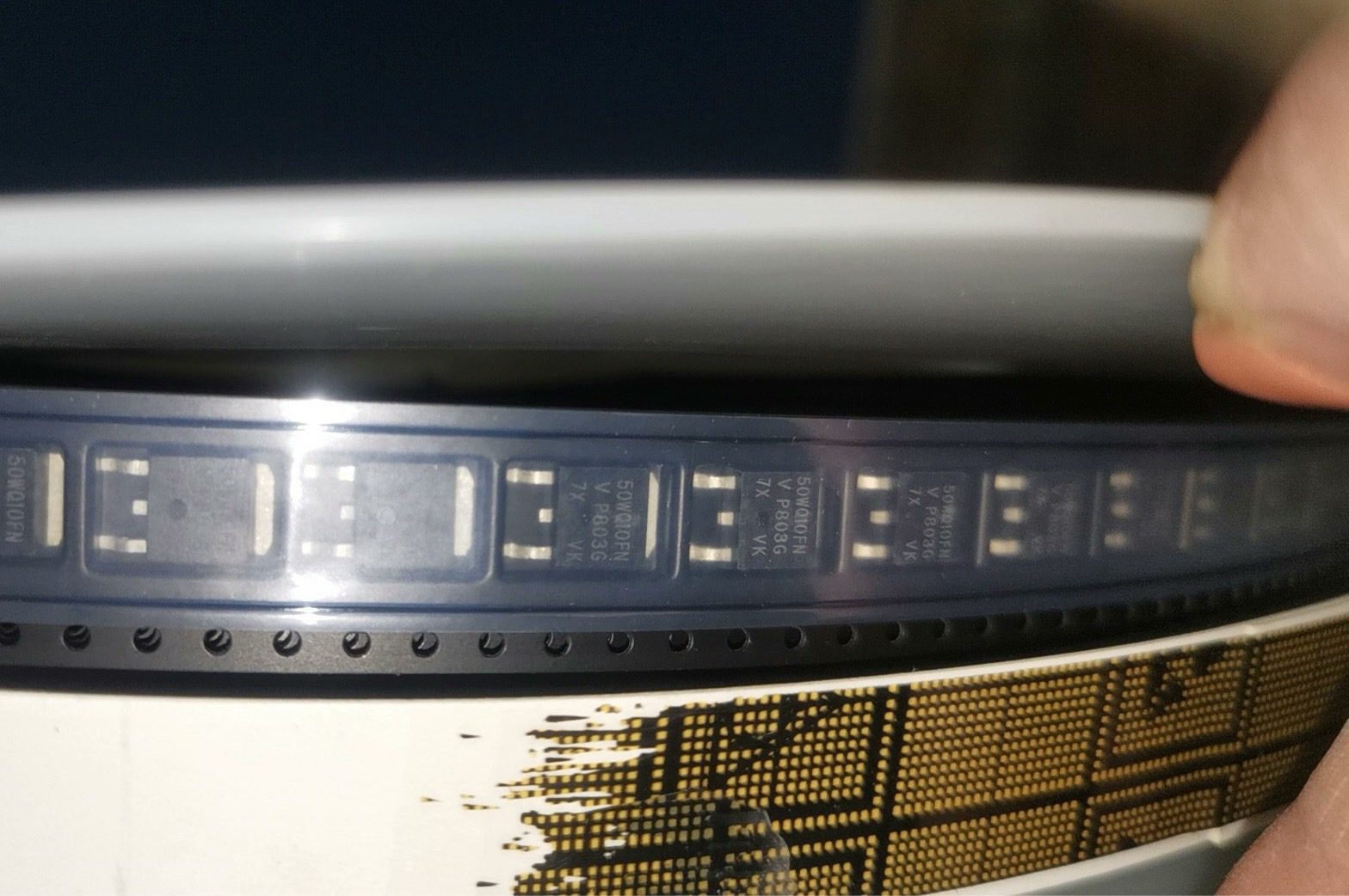
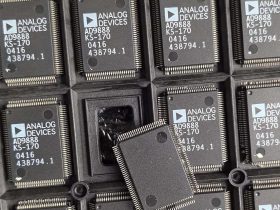

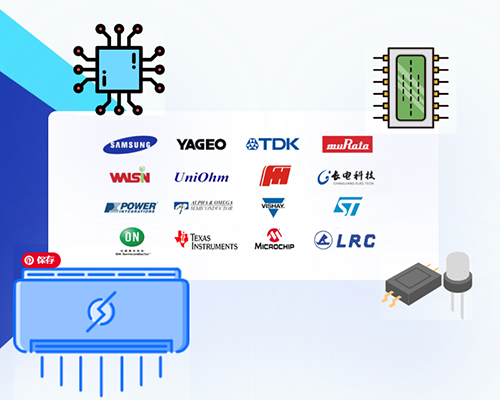

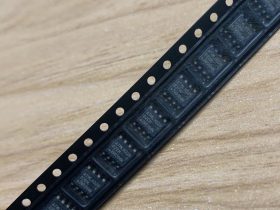
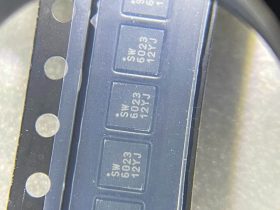
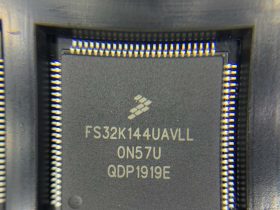
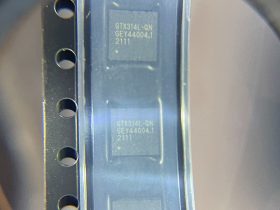
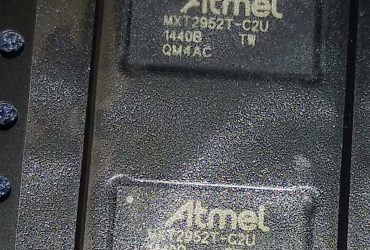
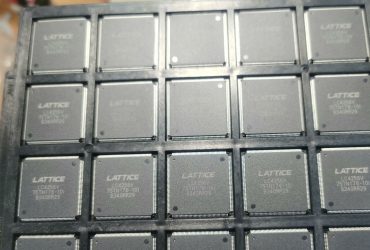
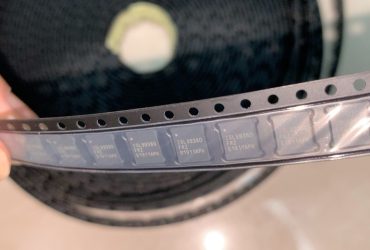
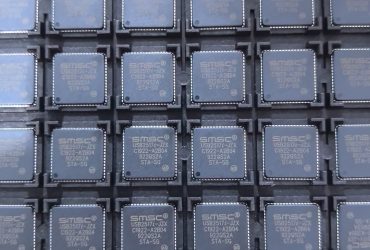
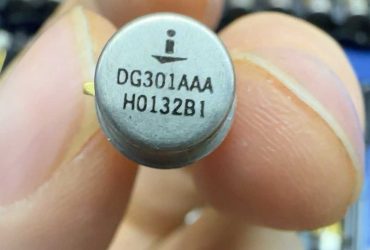
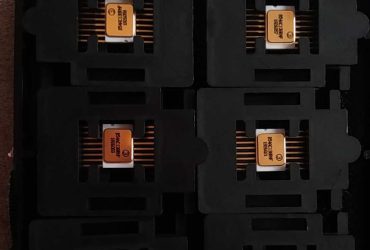
Leave a Reply